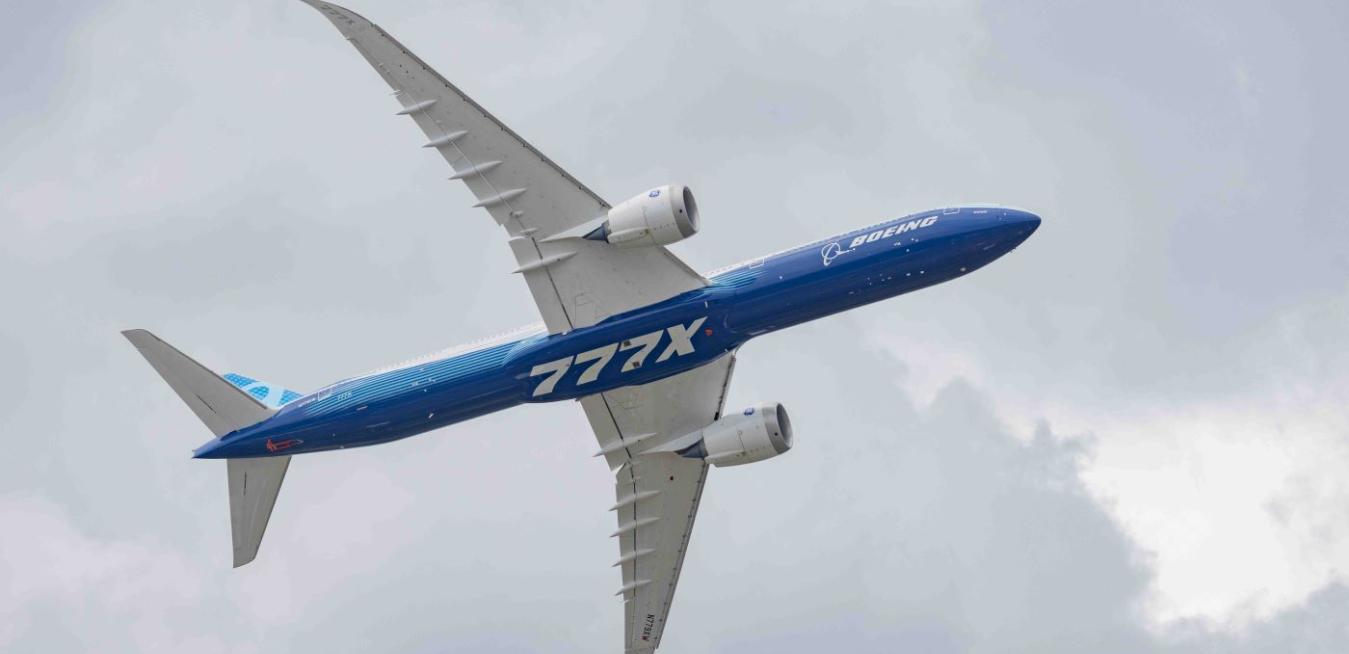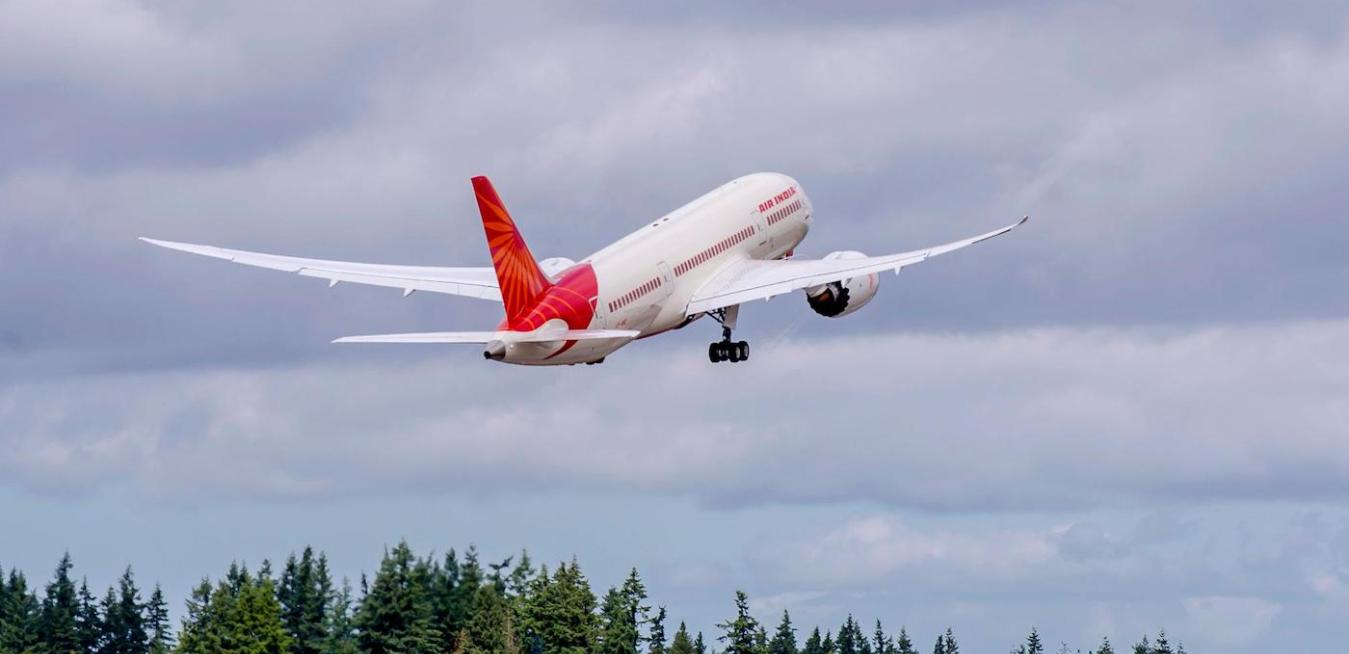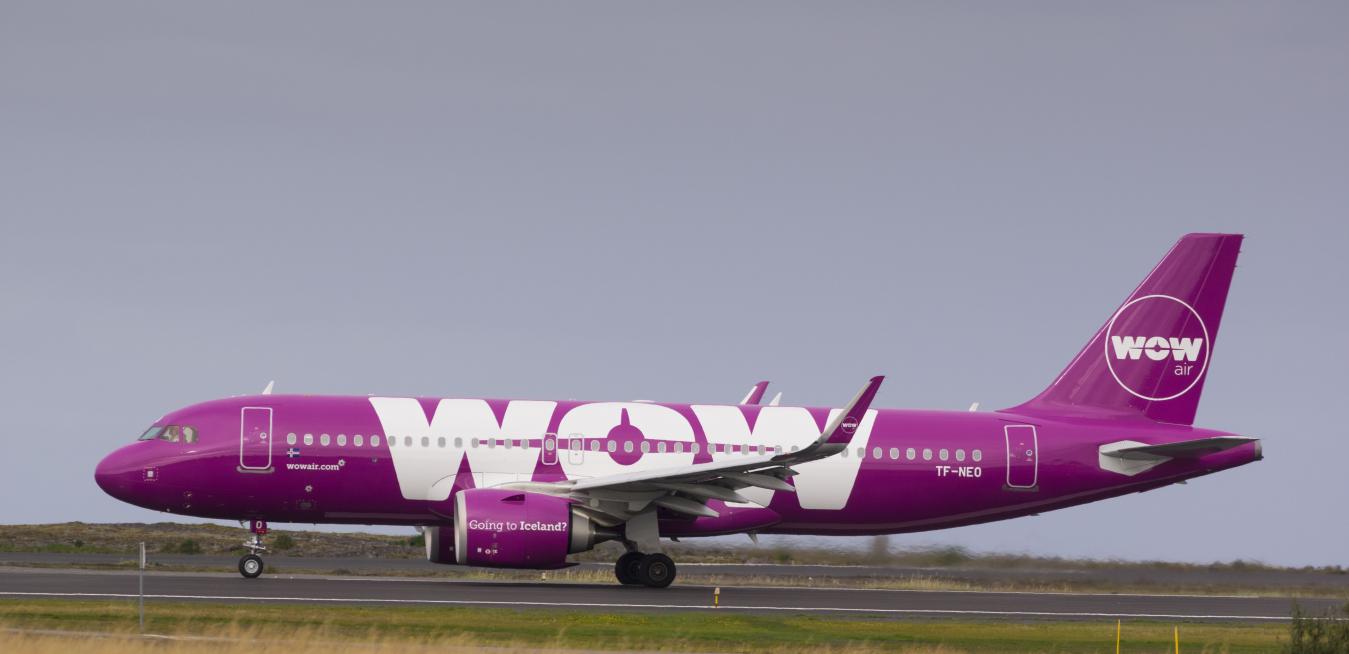The LEAP engine, the high-bypass turbofan produced by CFM International, the 50-50 joint company between GE Aerospace and Safran Aircraft Engines, has built a reputation as a leader in efficiency and asset utilization. In airline service, it is demonstrating better durability in neutral environments than the previous-generation CFM56 product line at the same point in that engine’s life.
Anyone who visited the GE Aerospace chalet last week at the Paris Air Show, on the grounds of Le Bourget Airport, came away with three distinct impressions: The market for engines is growing, lean is working, and new technologies are on the rise.
Vikram Rai remembers well the days when air travel was rare in India. He didn’t fly outside his native India until he was 25. His father’s first time abroad came when he was 48, and his grandfather never left the country. “We had no opportunity to buy a plane ticket back then,” Rai recalls. “There wasn’t much international business in India, and the infrastructure just wasn’t there for affordable air travel.” In the years since, Rai has been instrumental in helping India take to the skies.
Air France-KLM has finalized the purchase of 200 fuel-efficient CFM International LEAP 1-A engines to power its new fleet of Airbus A320neo and A321neo aircraft. Air France-KLM has been a long-standing CFM customer and selected the LEAP engine as part of a strategy to renew and expand its fleet.
It was just a few months before the end of World War II when President Franklin D. Roosevelt met with Saudi Arabia’s King Abdul Aziz in the Suez Canal and gave him a single Douglas DC-3 plane that soon started flying on domestic routes connecting Riyadh, Jeddah and Dhahran. The plane became the first aircraft operated by Saudia, the kingdom’s first airline.
At the 2021 UN Climate Change Conference (COP26) in Glasgow, Scotland, more than 100 heads of state and 20,000 attendees are exploring ways to keep the planet’s temperature from rising more than 1.5 degrees Celsius.
Reykjavik in January isn’t the cheeriest place. Darkness reigns for most of the day — the sun rises at 11 in the morning and sets just five hours later. The temperature hovers around freezing, and rain is frequently in the forecast. Earlier this year, 200-some souls waited at Reykjavik’s Keflavik airport to swap the dank twilight for California sunshine. But the plane that had been scheduled for their flight was out of service, and officials were weighing their options.











